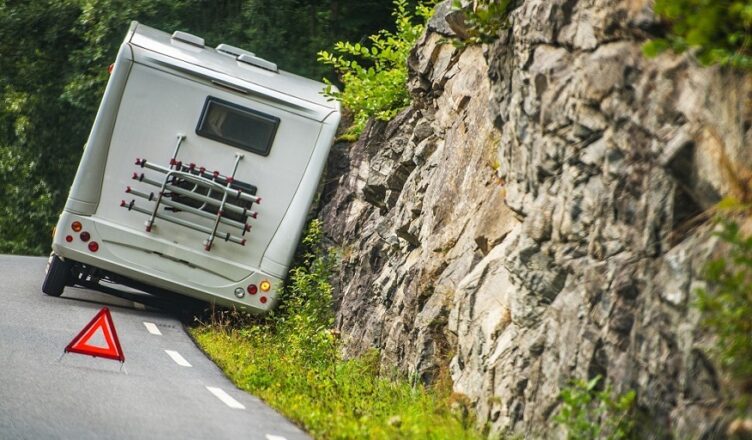The person who buys an RV also buys an insurance policy to go with it. A typical policy starts with liability coverage. To that, RV owners add collision insurance and a type of coverage that is the RV equivalent of homeowners’ insurance. But like homeowners’ insurance, RV insurance doesn’t cover everything.
Unfortunately, there are two potentially serious problems that RV insurance policies will not touch. These are mold- and plumbing-related water damage. This is why experts so often make recommendations on the best ways to avoid both problems. A little bit of preventive maintenance can go a long way toward avoiding a disaster that could cost an RV owner thousands of dollars.
Mold in an RV
Mold appearing in an RV is always a concern. It stands to reason that a vehicle intended to be used primarily out in nature would be more susceptible to mold, mildew, etc. The problem is this: once mold starts growing, it spreads rapidly. Getting rid of it can be a real chore.
There are two reasons an insurance policy does not cover mold issues:
- Origin – First and foremost, it is nearly impossible to determine the origin of a mold problem. Therefore, insurance adjusters are unable to determine whether a given mold problem was preventable. Without that tool at their disposal, insurance companies are unwilling to take the risk.
- Negligence – The general rule among insurance companies is that mold growth in an RV is the result of negligence. It could have been negligence on the part of the manufacturer, the dealer, or the owner. Regardless of the guilty party, negligence is something no insurance policy covers.
The best defense against mold is regular maintenance designed to keep an RV tightly sealed and well ventilated. Attacking mold at the first sight of it can prevent minor problems from becoming major disasters.
Plumbing and Water Damage
More than one RV owner has found out the hard way that insurance does not cover water damage caused by plumbing problems. Whether it is burst plumbing as a result cold temperatures or a bad valve that causes the gray water tank to overflow, RV owners are on their own in terms of paying for the damage.
The reason is similar to what was already discussed about mold damage. Insurance companies view plumbing-related water damage as a negligence issue. Allowing pipes to freeze in cold weather offers a perfect illustration.
Insurance companies expect RV owners to know that their plumbing is not designed to withstand freezing temperatures. They expect RV owners to invest in things like insulation kits and AirSkirts inflatable RV skirting. A failure to take the necessary steps to protect plumbing is considered negligence. Insurance companies will not pay for it.
Other Forms of Water Damage
Other types of water damage may or may not be covered as well. If one of your roof vents leaks because its seal went bad and you did not repair it, your insurance company probably won’t pay. If your water heater gives up the ghost and sends hot water everywhere, you may have a legitimate claim.
Both mold and water damage are very real possibilities with an RV. It is up to owners to do what they can to prevent any such damage. Meanwhile, they should also be familiar with their insurance policies in relation to what they do, and do not, cover.
The reality is that RV insurance does not cover mold or most types of water damage. An RV owner can fight with their insurance company all day long. They are not likely to change the insurance company’s mind.

